By Daniel Dunaief
Like the great white shark that needs to keep swimming to stay alive, scientific databases that provide resources to researchers from all over the world can’t stay still or they risk losing their usefulness and reliability.
The directors of these resources need to find funds that will ensure that the data remains accessible and that users, who range from high school students conducting work for a class to the chairman of research departments at colleges, can benefit from the availability of information.

Maureen O’Leary, a Professor and Graduate Program Director at the Department of Anatomical Sciences at the Renaissance School of Medicine at Stony Brook University, is looking to ensure that Morphobank, a web application and database that allows scientists around the world to share raw data on the structure of various organisms to help determine their evolutionary links, receives funds that sustain its mission.
O’Leary helped start MorphoBank in 2000 to encourage researchers to share data and propel science forward and is currently the director. By making observations of the structures of organisms available in one place online, she hoped to help advance the field of phylogenetics — the relationships among organisms in a family tree — while cutting down on the need to reproduce data from the same fossils at museums or other sites.
Up to this point, O’Leary has found financial support for the effort through grants from the National Science Foundation, the American Museum of Natural History and the National Oceanographic and Atmospheric Administration.
Looking to the future, however, O’Leary wanted to create a financial plan that would ensure ongoing funding for a database that has not only helped researchers explore data, but has also enabled collaborators to share information privately in a non-public area of MorphoBank.
O’Leary has been working with Phoenix Bioinformatics, a nonprofit group based in Fremont, California that has developed funding models for databases. Phoenix started its operations in 2013 after the staff of TAIR, a curated database for plant genome information, lost its grant funding.
The business is in the early stages of helping O’Leary with Morphobank, said Eva Huala, the Executive Director of Phoenix and a founding member of TAIR.
Phoenix has helped construct a financial model that is similar to the way university libraries and scientists pay for subscriptions to journals. The prices vary depending on the database the library subscribes to and the amount of usage of that database from the university.
Huala said Phoenix is providing software that helps recruit members. The company is also enabling users to see whether their institution is supporting MorphoBank. So far, the Executive Director is “encouraged by the response. We know that this often takes several months or longer for libraries to decide” to lend financial support, she said.
The cost of running MorphoBank is connected to the time people spend curating as well as fixing bugs or managing computer-related challenges. Without software patches and fixes, the databases can run into problems.
Universities often require their researchers to make sure the data they collect is available to the scientific community, Huala explained, adding that MorphoBank can give scientists a way to “demonstrate the impact of their research” by offering download and viewing statistics for their data.
Mike D’Emic, an Assistant Professor in Biology at Adelphi University and a member of the Executive Committee of MorphoBank, has used the database for over seven years.
D’Emic suggested that MorphoBank “saves people from reinventing the wheel in doing science” by providing free, raw data. Scientists don’t have to travel to museums or other sites to gather the same information.
An early career researcher or student might have a small grant to visit three or four museums. These scientists can “supplement that data set with information from MorphoBank that’s multiple times the value of a grant they would have gotten,” D’Emic noted.
Scientists can freely use data from MorphoBank that would have taken tens of thousands of dollars to acquire. This includes photographs of a dinosaur skull from distant countries or CT scans that can be expensive to produce.
D’Emic, who helped convince the Adelphi library to provide financial support for the database, said MorphoBank addresses bug reports quickly, fixing problems with a few days.
Prior to O’Leary’s effort to start MorphoBank, a researcher might need to search through the appendices or the published reports from other scientists in their field to access raw data for tree building, sometimes retyping by hand large spreadsheets of numerical scores.
MorphoBank has been “invaluable and transformative in terms of the way people access and replicate science,” D’Emic said.
Some journals have started urging authors to publish their data online. The Journal of Vertebrate Paleontology strongly recommends uploading dataset, character descriptions and images to an online repository.
“For not too much money, MorphoBank has a huge impact on science,” D’Emic said, who said it was a cost effective boost to evolutionary biology and related fields
Scientists have changed significantly in their approach to sharing information. Around 30 years ago, some researchers wouldn’t always share their raw data. Other scientists would then have to spend thousands of dollars to travel to places like Thailand, Australian and Madagascar.
“People have come around” and are more comfortable exchanging data, sometimes as they produce it, D’Emic said. “MorphoBank has been an integral venue for convincing people you should share.”
O’Leary believes researchers have evolved in the way they think about the information they collect as a part of their studies.“We have reached a social transition where scientists get used to not only writing a paper and walking away, but making sure the data content is in a digitally reusable format,” she said.
O’Leary feels fortunate to have received funding for over two decades for MorphoBank. She plans to remain the director when MorphoBank moves to Phoenix. It’s an “important and dynamic tool” and she feels a “responsibility to allow its continuity.”

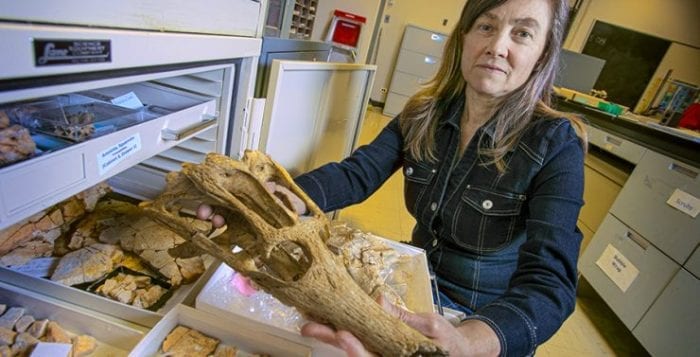





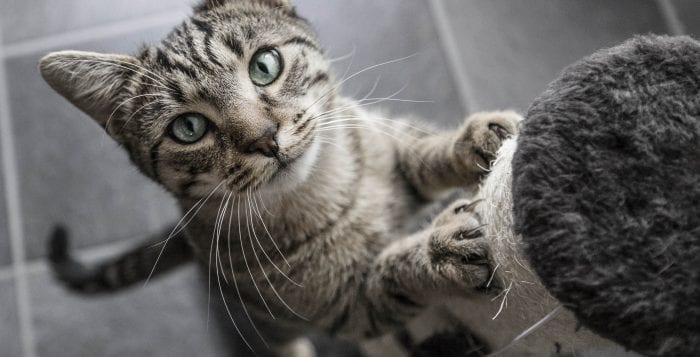
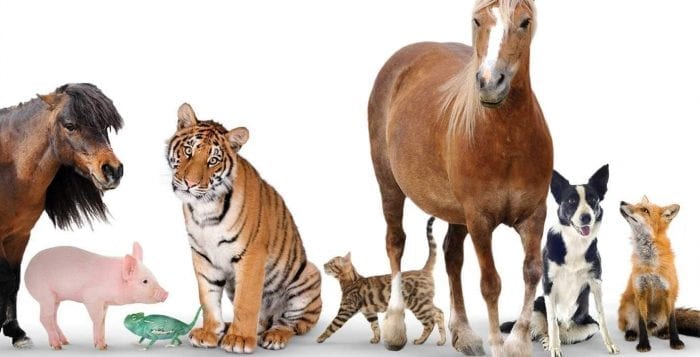
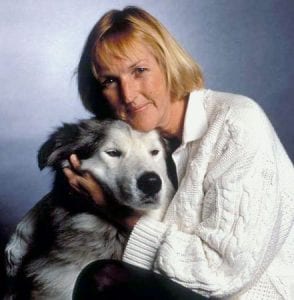
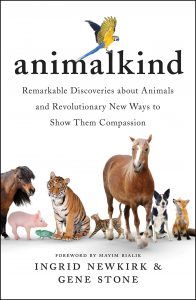 According to their sources, much of the testing on animals is of limited-to-no value given the dissimilarities of humans and animals. In addition, computer simulations are slowly replacing many areas of exploration: “In the future, the math may replace the mouse.” Finally, they encourage people to only use products and brands that are proven to be cruelty-free.
According to their sources, much of the testing on animals is of limited-to-no value given the dissimilarities of humans and animals. In addition, computer simulations are slowly replacing many areas of exploration: “In the future, the math may replace the mouse.” Finally, they encourage people to only use products and brands that are proven to be cruelty-free.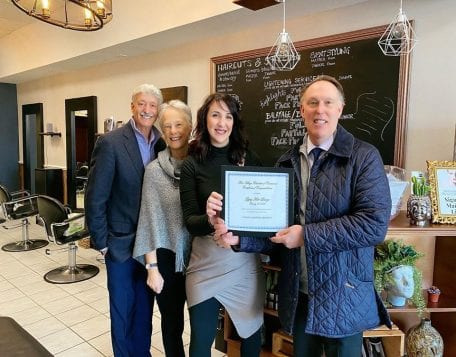
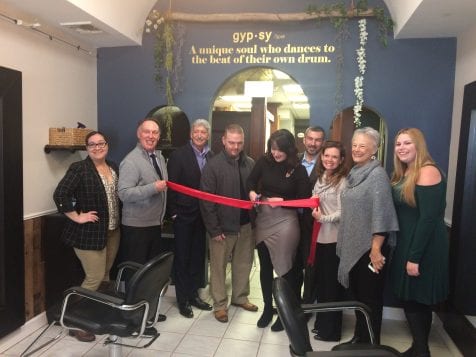


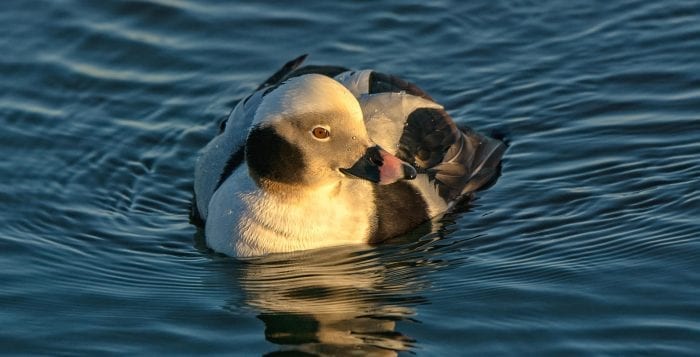
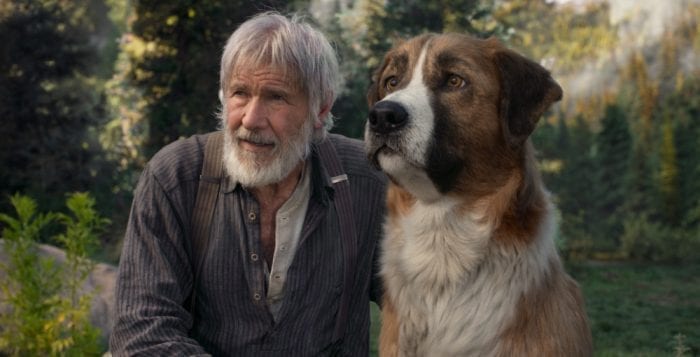
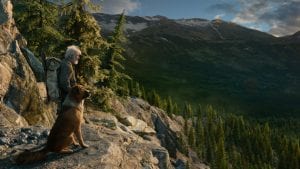 The story begins as the book’s did. Buck, a St. Bernard/Scotch collie, lives in Santa Clara, California, with his master, Judge Miller (a nice cameo by Bradley Whitford). After being stolen and shipped north, he is sold into the service of a mail-delivering dogsled team.
The story begins as the book’s did. Buck, a St. Bernard/Scotch collie, lives in Santa Clara, California, with his master, Judge Miller (a nice cameo by Bradley Whitford). After being stolen and shipped north, he is sold into the service of a mail-delivering dogsled team.



